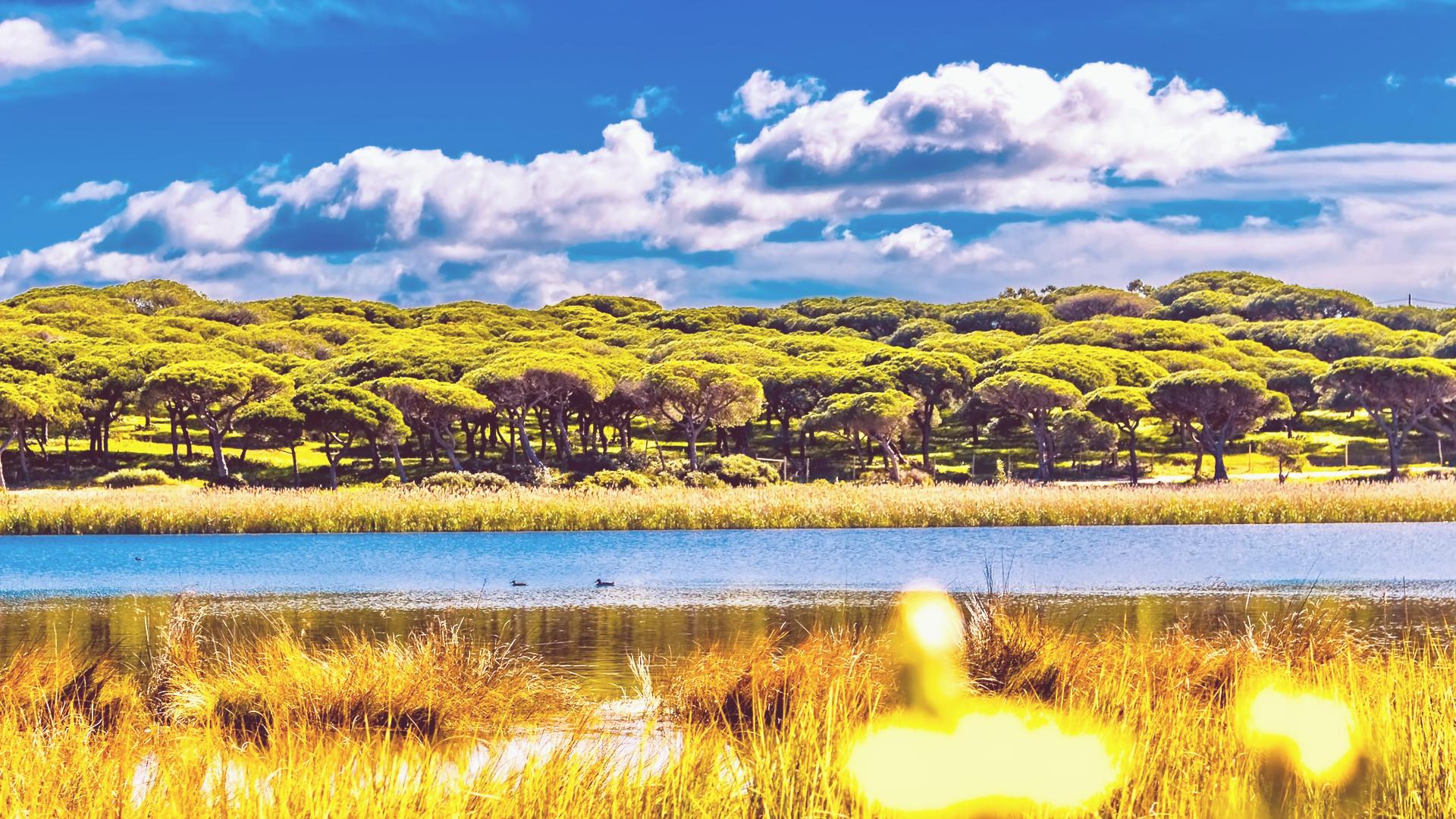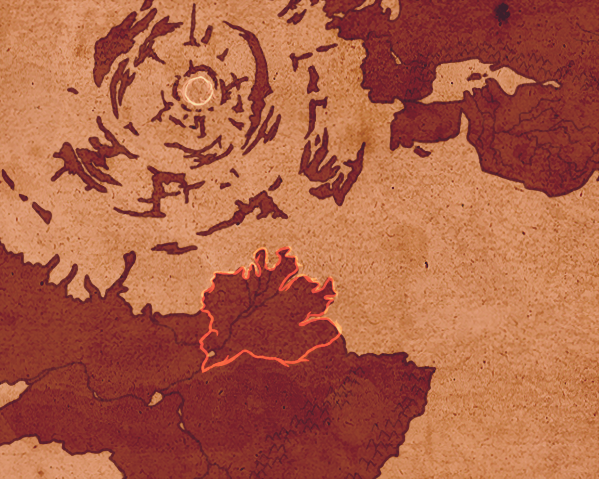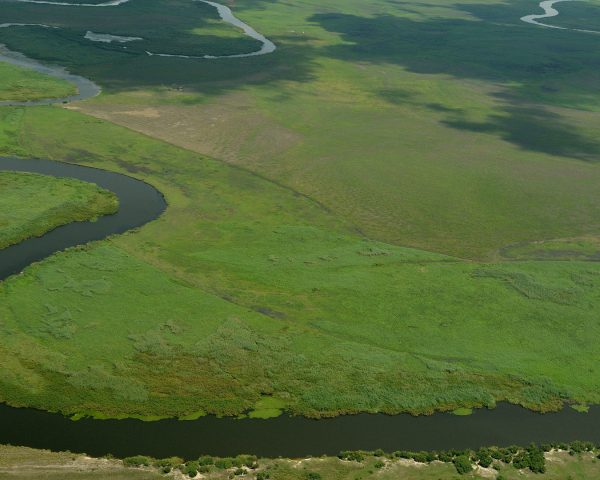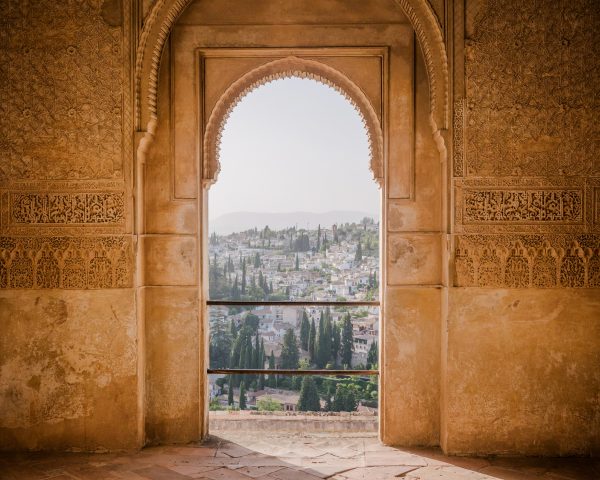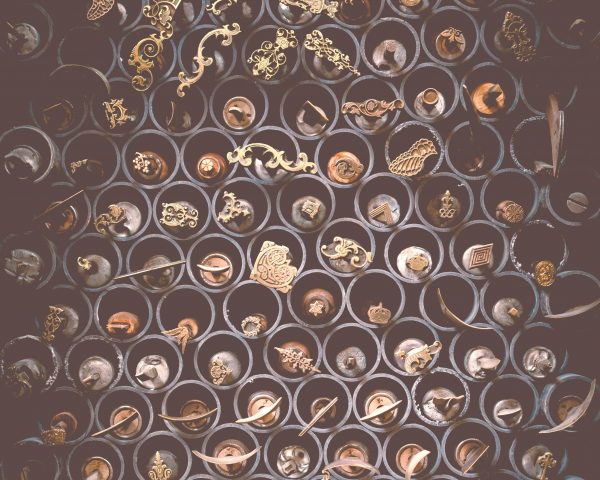Often I gaze upon the Shattered Sea, searching for the shape of the land it used to hold. But today, I saw the Muwa--the curdling grey waves softened into the great blue tumble of the river. In my mind's eye, the gulls stretched into herons, and the grim Tyrene whispers rose into the rich debate that lines the streets of Padjenne. I long to see the world, to devour all its history--but what truly sparkles like Lavola?
-the private journals of Ntaggia Serasca-silia Padjenni
A Wealth of Resources
Lavola is a knowledge- and resource-wealthy region located in the northernmost part of South Berena, just east of Acharrio. Where the deserts of Acharrio leave much of the region uninhabitable to humans, the Muwa river and its many deltas make Lavola incredibly fertile, with geologically diverse savannas and grasslands. The Muwa also serves as a primary method of travel for the Lavolani, who can often be found sailing along its strikingly blue waters.
Its primary language, Lavolani, is commonly spoken among the sailors who travel between the continents. It is also somewhat mutually intelligible with Acharrioni, which contributes to the strong trade routes between Acharrio and Lavola.
A Hub of Learning
This most notable part of Lavola would be its bustling capital, Padjenne. Home to one of the three large-scale Bereni libraries (the other two residing in ka-Khasta and Ol-Penh), Padjenne is decidedly South Berena’s hub of learning. Aspiring academics from all over the continent will travel to the city to study at its Library’s partner Academy, in hopes of eventually making a contribution to its many works. After passing a rigorous entrance exam, these students are offered a place to stay and a research position in exchange for their more practical contributions to the Academy and Library, including chores and general upkeep. Every eighteen months they undergo a review, and as long as their contributions are deemed worthwhile, they can continue their studies.
This large and eager population of academics are what contribute to busy marketplaces in Padjenne, full of delicious meals for students on-the-go, and specialized items they may be interested in purchasing for their academic careers. Visitors can spend hours wandering through the marketplaces and exploring all of the beautifully-crafted items from the Lavolani tradesworkers. The leather and paper trades are particularly popular in Padjenne, as there is no shortage of a need for books.
Scrolls for the Starry-Eyed
The first collections of the Library were compiled and documented in 2484AS, and in the years since, its collections have grown to contain documents and artifacts from all over Shale. Many of its unique artifacts were recovered from the waters of the Lavolani coast, with some pieces dating back to before the Shattering. These items are part of the Library’s breathtaking exhibits on early human civilization and post-Shattering Recovery in the South. These specialized fields of study are particularly unique to the Padjenne Library because they examine human life without shalledrim influence, as the Shalledrim Empire never touched many of the regions of South Berena.
As a result, the exhibits on the shalledrim are admittedly small compared to those in Ol-Penh or ka-Khasta. However, that does not mean that the shalledrology department is lacking; one could easily spend their whole life studying the details of the manuscripts available. Along with this, Padjenne’s Library houses a skein of hair from shalledra corpse KP-4232-43-6, often referred to as ‘Shannonai.’ This piece was recovered from Tyro in 4232 by an expedition of researchers, and is available for viewing only by the most respected scholars in the field.
One fascinating area available for public viewing at the Library would be the exhibit on the lost civilization of Chamya Bor. For many years, references to this human civilization that flourished untouched during the reign of the Shalledrim Empire were primarily treated as a morale-boosting myth invented by Recovery Period humans. As a result, many artifacts that were attributed to Chamya Bor by early researchers were dismissed as shalledrim pieces. But after the excavation of what appeared to be fragments of the civilization’s legendary gates in 4486, the civilization’s existence was officially recognized by the Padjenne Library. Since then, the collection has grown in size and reputation, and attracts many researchers interested in early human civilizations.
Other notable parts of the Library are the astronomy and geology sections. The flat landscape of Lavola offers a spectacular view of the skies that has fascinated humans for thousands of years. In the Library, the motions of the celestial bodies, including Shale’s two beautiful moons, can be researched at length, along with several cultures’ interpretations of the meanings behind their placements. As for the geology section, there is an ongoing joke that the department has enough labelled specimens of stone in their collection to build a whole new library.
- The Land and the Language
-
A Wealth of Resources
Lavola is a knowledge- and resource-wealthy region located in the northernmost part of South Berena, just east of Acharrio. Where the deserts of Acharrio leave much of the region uninhabitable to humans, the Muwa river and its many deltas make Lavola incredibly fertile, with geologically diverse savannas and grasslands. The Muwa also serves as a primary method of travel for the Lavolani, who can often be found sailing along its strikingly blue waters.
Its primary language, Lavolani, is commonly spoken among the sailors who travel between the continents. It is also somewhat mutually intelligible with Acharrioni, which contributes to the strong trade routes between Acharrio and Lavola.
- The Capital: Padjenne
-
A Hub of Learning
This most notable part of Lavola would be its bustling capital, Padjenne. Home to one of the three large-scale Bereni libraries (the other two residing in ka-Khasta and Ol-Penh), Padjenne is decidedly South Berena’s hub of learning. Aspiring academics from all over the continent will travel to the city to study at its Library’s partner Academy, in hopes of eventually making a contribution to its many works. After passing a rigorous entrance exam, these students are offered a place to stay and a research position in exchange for their more practical contributions to the Academy and Library, including chores and general upkeep. Every eighteen months they undergo a review, and as long as their contributions are deemed worthwhile, they can continue their studies.
This large and eager population of academics are what contribute to busy marketplaces in Padjenne, full of delicious meals for students on-the-go, and specialized items they may be interested in purchasing for their academic careers. Visitors can spend hours wandering through the marketplaces and exploring all of the beautifully-crafted items from the Lavolani tradesworkers. The leather and paper trades are particularly popular in Padjenne, as there is no shortage of a need for books.
- The Library
-
Scrolls for the Starry-Eyed
The first collections of the Library were compiled and documented in 2484AS, and in the years since, its collections have grown to contain documents and artifacts from all over Shale. Many of its unique artifacts were recovered from the waters of the Lavolani coast, with some pieces dating back to before the Shattering. These items are part of the Library’s breathtaking exhibits on early human civilization and post-Shattering Recovery in the South. These specialized fields of study are particularly unique to the Padjenne Library because they examine human life without shalledrim influence, as the Shalledrim Empire never touched many of the regions of South Berena.
As a result, the exhibits on the shalledrim are admittedly small compared to those in Ol-Penh or ka-Khasta. However, that does not mean that the shalledrology department is lacking; one could easily spend their whole life studying the details of the manuscripts available. Along with this, Padjenne’s Library houses a skein of hair from shalledra corpse KP-4232-43-6, often referred to as ‘Shannonai.’ This piece was recovered from Tyro in 4232 by an expedition of researchers, and is available for viewing only by the most respected scholars in the field.
One fascinating area available for public viewing at the Library would be the exhibit on the lost civilization of Chamya Bor. For many years, references to this human civilization that flourished untouched during the reign of the Shalledrim Empire were primarily treated as a morale-boosting myth invented by Recovery Period humans. As a result, many artifacts that were attributed to Chamya Bor by early researchers were dismissed as shalledrim pieces. But after the excavation of what appeared to be fragments of the civilization’s legendary gates in 4486, the civilization’s existence was officially recognized by the Padjenne Library. Since then, the collection has grown in size and reputation, and attracts many researchers interested in early human civilizations.
Other notable parts of the Library are the astronomy and geology sections. The flat landscape of Lavola offers a spectacular view of the skies that has fascinated humans for thousands of years. In the Library, the motions of the celestial bodies, including Shale’s two beautiful moons, can be researched at length, along with several cultures’ interpretations of the meanings behind their placements. As for the geology section, there is an ongoing joke that the department has enough labelled specimens of stone in their collection to build a whole new library.
